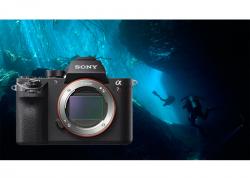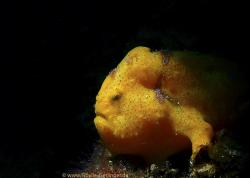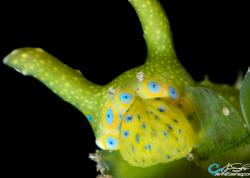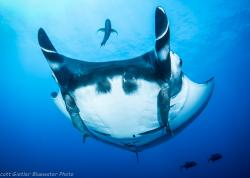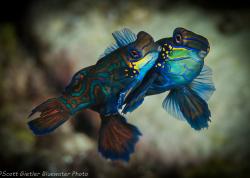10 Essential Ambient Light Underwater Photo Tips

Shooting underwater photos with ambient light is a great way to add variety to your portfolio, whether it's sharks, split-shots (aka over-unders) or silhouettes. I recently spent some time shooting ambient light in Kona, Hawaii and Fakarava, French Polynesia and put together some essential tips to get incredible shots next time you're in the water without strobes.
The Essential Tips:
1 - Get a Big Dome for over/unders
It is much easier to compose and shoot split-shots with a larger dome port. Remember to shoot over/under shots on sunny days. Shoot at a small F-stop. Read more over-under split shot tips.

Photo from Fakarava, French Polynesia, with 8-inch dome port, Tokina 10-17mm lens
2 - Test your Exposures
Make sure to use exposure compensation to nail the exposure just right without over or under exposing. Take some test shots before the money shot appears in front of you.

Oceanic whitetip shark from Kona, Hawaii with Tokina 10-17mm fisheye lens.
3 - Shoot with the Sun Behind You
The sun will light up the scene if the sun is behind you, eliminating dark shadows and bringing more color into the scene.

4 - Use Lightroom to Add Color and Contrast
Also be sure to check out my article 'Lightroom for the Rest of Us'. In this example, the color temp was warmed up, the contrast, clarity and vibrance increased and the blacks adjusted.


5 - Shoot with the Sun in Front of You for rays
When the sun is in front of you and directly overhead (mid-day), you can capture incredible sun-rays.

6 - Try Black and White Conversions
Many ambient light photos look great in black and white, so try converting your shots to see how they look. These Pilot whales from Kona, Hawaii looks great in black & white.


7 - Shooting Directly Up for Silhouettes
Make sure your subject is underexposed to avoid "light leakage" (silvertip siulhouette)

Silvertip shark from Fakarava, French Polynesia
8 - Get Close to your Subject
Getting close will bring out the best possible color in your photos. Notice how the corals in the background are blue, even though they are at the same depth as the corals in the foreground.

9 - Shoot a Reef that is Equidistant to the Camera
For great colors throughout the photo, shoot a reef that is equidistant to the camera. This is the best way to avoid the color from being absorbed by the water as distance increases.

Coral reef at Kirby's, Anilao, Philippines
10 - Shoot at or Near the Surface
This provides the best light and color since there is less water it must penetrate.

Further Reading
RECOMMENDED ARTICLES
SUPPORT THE UNDERWATER PHOTOGRAPHY GUIDE:
The Best Service & Prices on u/w Photo Gear
 Visit Bluewater Photo & Video for all your underwater photography and video gear. Click, or call the team at (310) 633-5052 for expert advice!
Visit Bluewater Photo & Video for all your underwater photography and video gear. Click, or call the team at (310) 633-5052 for expert advice!
The Best Pricing, Service & Expert Advice to Book your Dive Trips
 Bluewater Travel is your full-service scuba travel agency. Let our expert advisers plan and book your next dive vacation. Run by divers, for divers.
Bluewater Travel is your full-service scuba travel agency. Let our expert advisers plan and book your next dive vacation. Run by divers, for divers.





